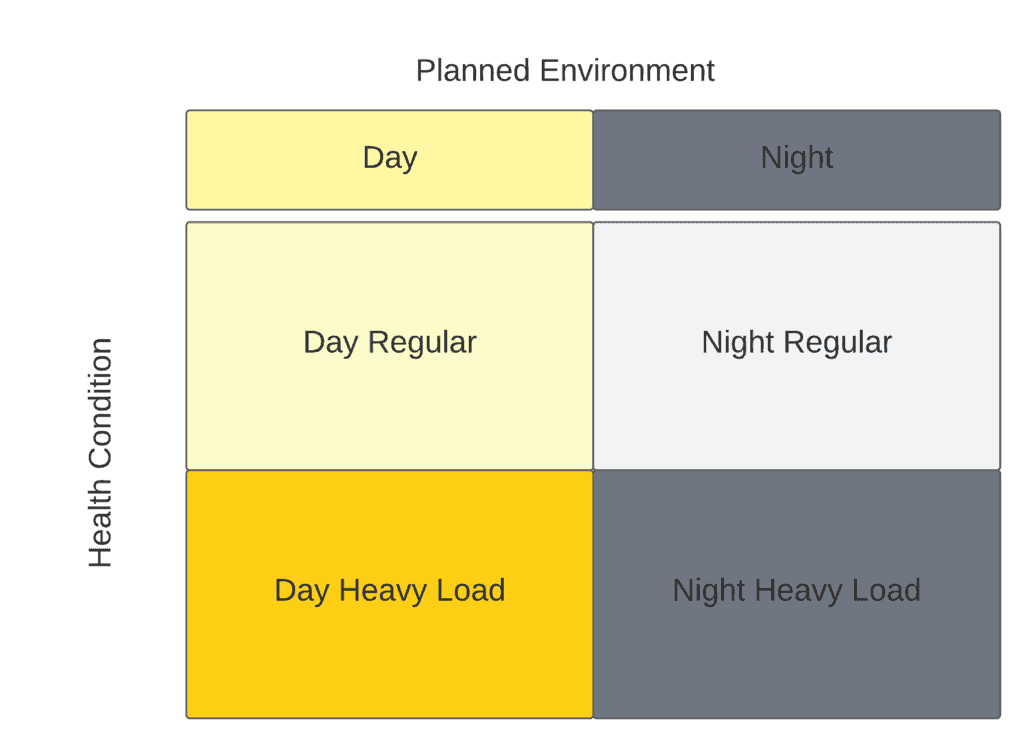Teradata Active System Management (TASM) is an advanced workload management solution for large and complex Teradata Database environments. TASM encompasses all Teradata Integrated Workload Management (TIWM) functionality and adds dynamic workload management features that adapt to changing system conditions in real-time.
This flexibility sets TASM apart from other workload management solutions, such as Snowflake, which primarily relies on scaling rather than these advanced workload management features. This article explores the key components of TASM, including state matrix, state switching, and leveraging the QueryLog for performance analysis.
Dynamic Workload Management Features
TASM distinguishes between two events that drive dynamic changes: time-based events (planned environments) and system-specific events (health conditions).
Planned Environments: Time-based events are scheduled according to defined time windows, activating specific workload management rules when a particular time is reached.
Health Conditions: System-specific events depend on system load and are triggered when certain conditions, such as a specified number of AMP worker tasks (AWTs) in use, are surpassed. Health conditions are not planned, and their occurrence is unpredictable.
State Matrix
TASM combines planned environments and health conditions in a state matrix. Each combination of a health condition and planned event leads to a specific state, representing a set of workload management rules, such as throttles and priorities.
Workload designers can define multiple planned environments and health conditions. The simplest case involves one planned environment (the default "Always") and one health condition
("Normal"). A common approach includes at least two planned environments, one for daytime (protecting reporting users and applications) and another for prioritizing nightly batch loads.

TASM State Switching
TASM regularly checks for relevant events, first assessing health conditions and subsequently evaluating switches to other planned environments. If at least one event occurs, Teradata uses the workload management rules of the related state.
In the case of multiple matching planned environments, Teradata uses the one furthest to the right in the state matrix. If multiple health conditions match, the one nearest to the bottom of the state matrix is used.
TASM Flex Throttles
This is another feature that is only available in TASM.
Typically, throttle limits are set based on available resources and what else is running. However, there may be times when incoming work for the non-throttled activities falls off, and extra CPU is on the platform. In these situations, a flex throttle can be used to release delayed queries so that they can run.
Flex throttles are built on top of one or more already-existing workloads. When active, flex throttles allow delayed requests to be released if resources on the platform fall below a specified usage level. This replaces the need for the administrator to manually release delayed queries or force a change to a different state.
To set up a flex throttle, you need to determine which workloads will participate, decide how many delayed queries will be released each time a “flex event” is reached, choose what constitutes a “flex event”, and select a Flex Throttle Action Interval to tell TASM how long to wait after releasing queries before potentially repeating the action.
Any workload with a workload throttle can be associated with a flex throttle. However, flex throttles are most useful with medium or low-priority workloads. AMP worker task (AWT) availability and CPU utilization trigger a flex event. The administrator controls how many workloads will participate in a flex throttle, what resource levels will trigger the release of queries, and how many queries will be released at a time.
You should start with fewer queries, particularly if the queries are potentially resource-intensive or long-running. The order of the delay queue determines which queries are released when a flex event is triggered. Since the default ordering is first-in-first-out, queries from workloads participating in the flex throttle that has been in the delay queue the longest will be released first.
If you are thinking of trying out flex throttles, start small and use evaluation mode until you have validated that your flex actions are happening at the times you expect and that the number of released queries is appropriate for your environment. Once active, ResUsage can be very helpful in providing information about CPU usage and AWT availability during a flex action.
Flex throttles are a specialized technique to get additional work through the system during under-utilization by releasing queries from the throttle delay queue. As platform resource usage rises, the flex throttle will stop releasing queries, and workload throttles will continue to rely on their workload throttle limits.
The QueryLog and TASM Dynamic Workload Management
The DBC.DBQLOGTBL table provides valuable insights for Teradata tuning experts, making it easy to identify each request's planned environment and health condition under which it was executed. This information can be used to analyze performance issues, identify misassigned queries, and more.
The relevant columns in the DBC.DBQLOGTBL table includes:
OpEnvId: Planned Environment
SysConId: Health Condition
LastStateChange: Timestamp when Teradata activated the planned environment for the request.
Virtual Partitions: While TIWM only offers a single virtual partition, TASM supports multiple virtual partitions, providing greater flexibility in resource allocation.
SLG Workload Tiers: TASM supports SLG (Service Level Goal) workload tiers, which allows for more granular control over workload priorities and resource distribution in TASM.
Teradata TASM brings a new level of sophistication to workload management by dynamically adapting to system conditions through planned environments and health conditions. Utilizing the state matrix and state switching, TASM ensures optimal performance and resource allocation in complex Teradata Database environments. Additionally, the QueryLog offers valuable insights for performance analysis, enabling Teradata tuning experts to identify and resolve issues effectively. It's worth noting that Teradata Workload Management is far more advanced than solutions like Snowflake, which relies almost solely on scaling rather than on advanced workload management features.
